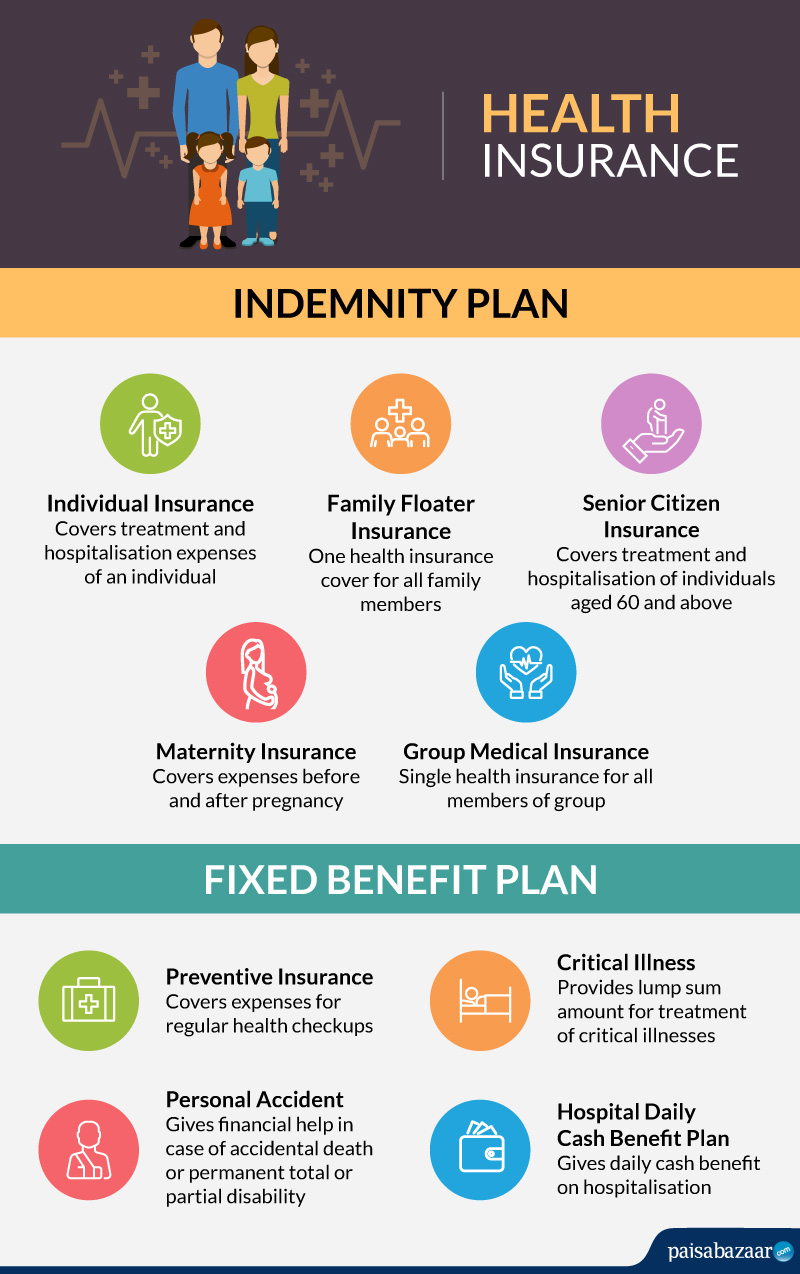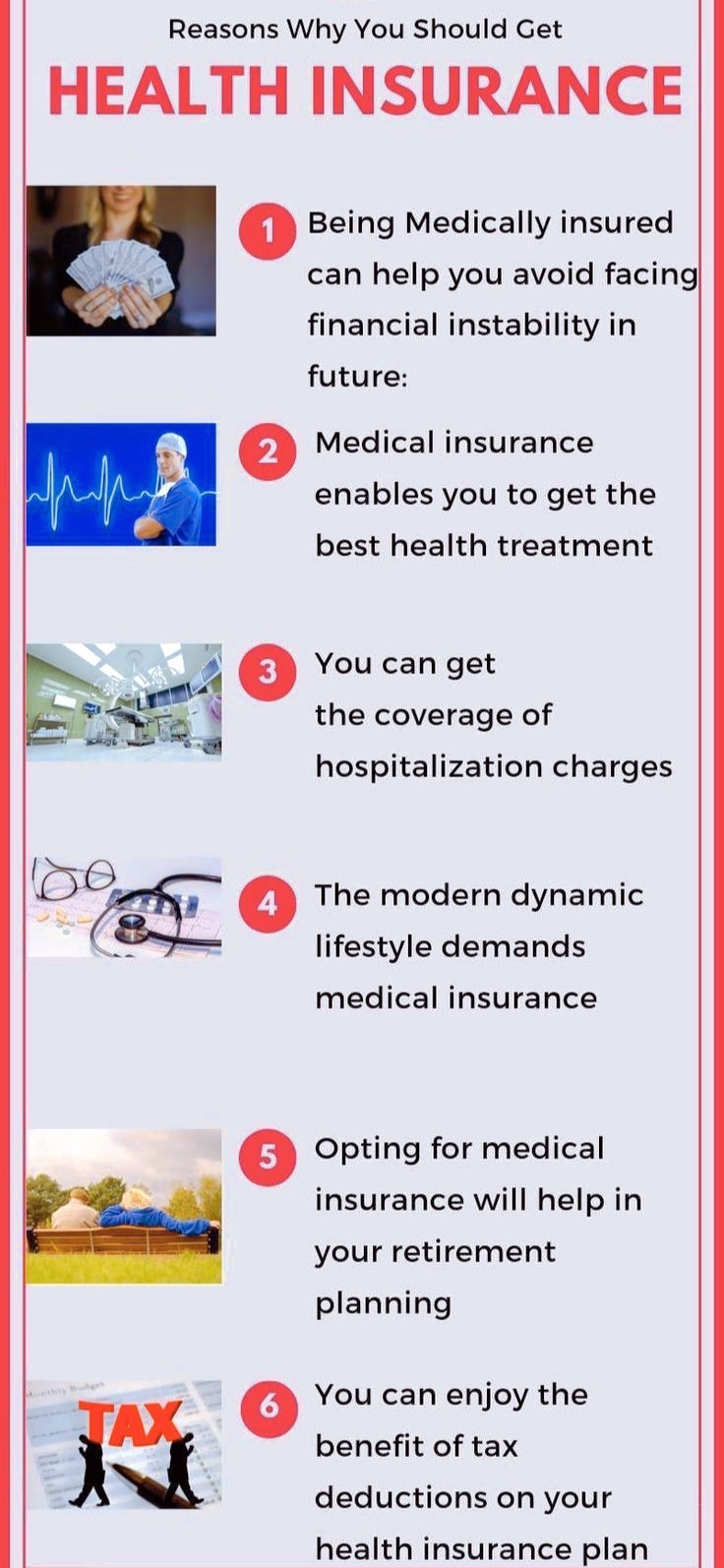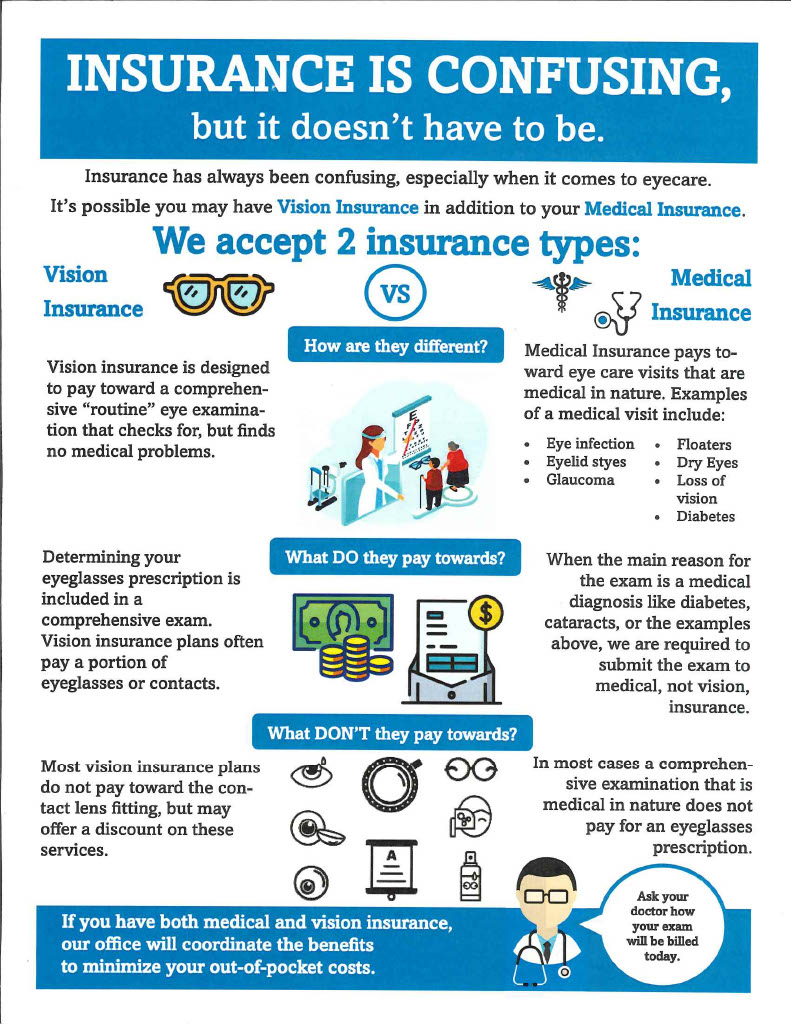The 20-Second Trick For Medicare Advantage Agent
Table of ContentsExcitement About Medicare Advantage AgentThe 5-Minute Rule for Medicare Advantage AgentThe 15-Second Trick For Medicare Advantage Agent

complies with from puzzling the fairly young age account of the uninsured with the far better health, usually, of more youthful persons. This covers the link in between health and wellness standing and medical insurance. For those without access to workplace medical insurance, inadequate health and wellness is a potential barrier to acquiring nongroup insurance coverage because such protection might be very priced, leave out preexisting conditions, or be merely inaccessible. The variety of uninsured Americans is not especially huge and has actually not changed recently. Seven out of 10 participants in an across the country representative study assumed that fewer Americans lacked health and wellness insurance policy than in fact do(Fronstin, 1998). Roughly half(47 percent )believed that the variety of individuals without wellness insurance lowered or remained continuous over the last half of the last years(Blendon et al., 1999). This decline of almost 2 million in the variety of individuals 'without insurance (a decrease
of about 4 percent)is absolutely a positive adjustment. With a softer economic situation in 2000 the most recent reported gains in insurance policy coverage may not continue(Fronstin, 2001 ). The decrease in the number of uninsured will not proceed if the economic situation stays sluggish and wellness care expenses proceed to surpass inflation. This is since the information were collected for a duration of strong financial efficiency. Of the estimated 42 million individuals who were without insurance, all however concerning 420,000(regarding 1 percent)were under 65 years of age, the age at which most Americans become qualified for Medicare; 32 million were adults between ages 18 and 65, around 19 percent of all adults in this age team; and 10 million were kids under 18 years old, concerning 13.9 percent of all children (Mills, 2000). These estimates of the number of persons uninsured are created from the yearly March Supplement to the Present Populace Survey (CPS), conducted by the Demographics Bureau. Unless or else kept in mind, nationwide quotes of people without medical insurance and proportions of the populace with various kinds of insurance coverage are based on the CPS, the most widely used resource of estimates of insurance policy coverage and uninsurance prices. These surveys and the price quotes they generate are described briefly in Table B. 1 in Appendix B - Medicare Advantage Agent. These surveys vary in dimension and sampling methods, the questions that are inquired about insurance coverage
Medicare Advantage Agent - The Facts
protection, and the time period over which insurance policy protection or uninsurance is measured(Lewis et al., 1998, Fronstin, 2000a ). Still, the CPS is specifically beneficial since it produces annual estimates fairly quickly, reporting the previous year's insurance policy protection estimates each September, and because it is the basis for a consistent set of quotes for greater than 20 years, allowing for evaluation of patterns in insurance coverage over time.

Some Known Facts About Medicare Advantage Agent.
Over a three-year duration starting early in 1993, 72 million individuals, 29 percent of the united state population, lacked coverage for at the very least one month. Within a solitary year(1994), 53 million individuals experienced at the very least a month without coverage(Bennefield, 1998a). 6 out of every ten uninsured adults are themselves used. Functioning does improve the possibility that one and one's household members will certainly have insurance coverage, it is not a guarantee. Also members of households with two full-time breadwinner have virtually a one-in-ten chance of being uninsured (9.1 percent without insurance rate)(Hoffman and Pohl, 2000 ). The connection between medical insurance and accessibility to care is well developed, as documented later in this chapter. Although the relationship between medical insurance and wellness results is neither straight nor simple, a considerable clinical and health solutions study literature links medical insurance protection
to improved accessibility to care, better top quality, and boosted individual and population wellness status. The second record, on individual health outcomes for without insurance grownups, is represented by the inner circle of the figure, while the 3rd record, on family members wellness, incorporates the topics of the second record however emphasizes a different unit of evaluation, specifically, the family. The 6th report in the series will certainly present details about approaches and efforts undertaken locally, statewide, or nationally to attend to the absence of insurance coverage and its damaging impacts. Degrees of analysis for examining the results of uninsurance. This conversation of wellness insurance policy protection focuses mostly on the united state populace under age 65 because essentially all Americans 65 and older have Medicare or various other public coverage.
It concentrates particularly on those without any type of health and wellness insurance for any size of time. The troubles dealt with by the underinsured are in some respects comparable to those faced by the uninsured, although they are usually much less serious. Uninsurance and underinsurance, however, entail noticeably different plan problems, and the techniques for addressing them might differ. Throughout this study and the 5 reports to comply with, the primary focus gets on view publisher site persons without medical insurance and thus no assistance in spending for health treatment beyond what is readily available with charity and safeguard institutions. Health and wellness insurance is an effective factor impacting receipt of treatment because both individuals and physicians react to the out-of-pocket price of solutions. Health insurance policy, however, is neither essential nor enough to access to medical solutions. However, the independent and direct result of health
insurance policy her response protection on access to health and wellness solutions is well established. Others will certainly obtain the healthcare they require even without health and wellness insurance coverage, by spending for it out of pocket or seeking it from carriers who provide treatment cost-free or at extremely subsidized rates. For still others, medical insurance alone does not guarantee receipt of treatment due to the fact that of various other nonfinancial barriers, such as an absence of healthcare suppliers in their neighborhood, minimal accessibility to transportation, illiteracy, or linguistic and cultural differences. Formal research study regarding uninsured populaces in the United States dates to the late 1920s and very early 1930s when the Committee on the Expense of Treatment created a collection of records about funding medical professional workplace check outs and hospital stays. This concern came to be significant as the varieties of clinically indigent climbed up throughout the Great Anxiety. Empirical research studies constantly support the link between access to care and improved health and wellness end results(Bindman et al., 1995; Starfield, 1995 ). Having a normal resource of treatment can be thought about a predictor of gain access to, instead of a direct measure of it, when health outcomes are themselves made use of as gain access to signs. This extension of the notion of accessibility dimension was made by the IOM Committee on Keeping Track Of Access to Personal Healthcare Solutions(Millman, 1993, p. Whether or not moms and dads are insured appears to influence whether or not their children obtain care as well as just how much careeven if the kids themselves have insurance coverage(Hanson, 1998). The health of parents can impact their ability to care for their kids and the level of family members anxiety. Stressing over their youngsters's access to care is itself a resource of tension for moms and dads. Three chapters follow in this record. Chapter 2 supplies a review of just how employment-based medical insurance, public programs and individual insurance policy policies run and interact to supply comprehensive yet incomplete insurance coverage of the U.S. population. This consists of an evaluation of historical fads and public plans influencing both public and personal insurance, a conversation of the interactions among the different kinds of insurance, and an examination of why individuals move from one program to another or wind up
